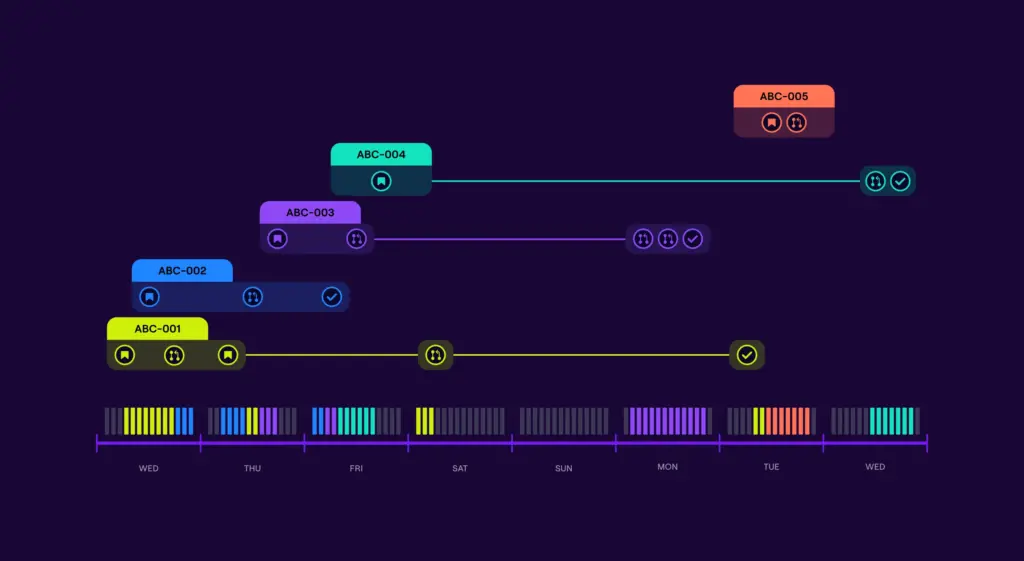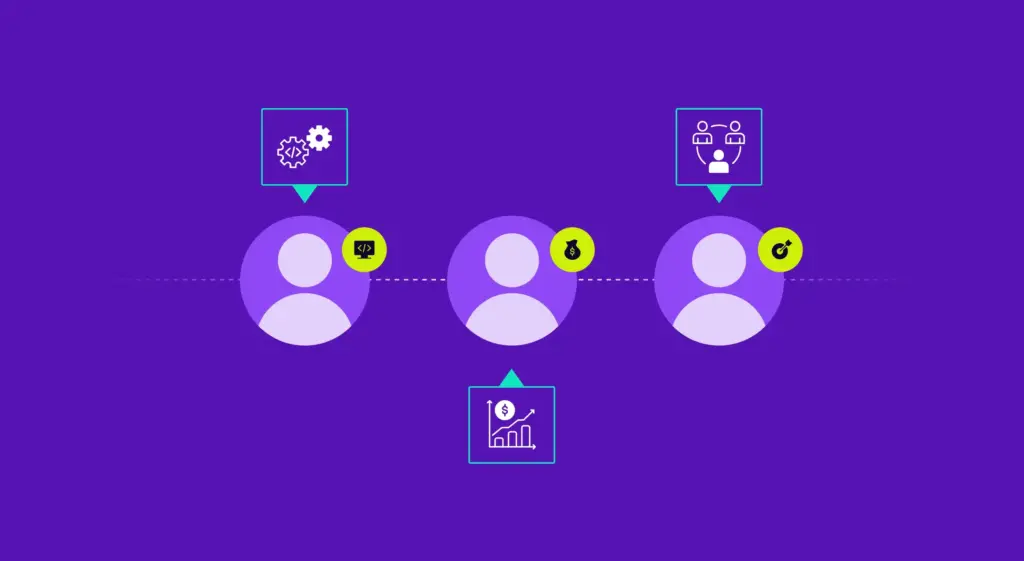In the age of software, companies who invest strategically in their engineering teams, enabling them to focus on innovation and optimize development and delivery processes, will undoubtedly outcompete those who do not. The 2022 State of Engineering Management report gives a look into how organizations are performing in these areas. It’s clear that engineering leadership is keen to improve their teams’ performance, but that visibility – a key unlock to driving this initiative – continues to pose a major hurdle in that effort. On average, the study found that 22% of work done by engineering teams was unplanned or undocumented. And just 35% of engineers’ time over the last year was dedicated to growth and innovation work, down 15% from the previous year.
But the study also found a wide variance in the performance and focus of engineering teams across different industries. Let’s dig a little deeper into the distinct priorities and benchmarks that exist among different industries.
Focus on Innovation Varies Widely by Industry
As we examined data that measures Allocation, or the amount of time spent on different categories of work, and break out teams by industry, we were able to identify some notable trends. Consumer Goods (47%), Healthcare/Healthcare (42%), and Travel/ Leisure (46%) industries consistently devote the most engineering resources to innovation. By segmenting these industries further we found that teams using Engineering Management Platforms (EMPs) to increase visibility and alignment with data allocate 50% more to innovation than their non-EMP user counterparts. This trend, in which organizations that leverage EMPs are able to dedicate more time and resources to growth and innovation, is notable in that it remains consistent across nearly every segment, industry, and team structure that we analyzed. Out of all the industries observed, Services (2%) and Manufacturing (17%) devoted the least amount of time to innovation.
Enterprise Software & SaaS Business See Dramatic Improvement with EMPs
The industry that has adopted EMPs the fastest is Enterprise Software / SaaS. Now we’re beginning to see the effects of that adoption. As a whole, this group spent 34% time on innovation in 2021, but those leveraging EMPs reduced their unplanned work by 54%, and devoted 29% more resources to innovation.
On average, Enterprise software firms also tend to move issues through the workflows slower than other industries, resulting in fewer issues resolved, less collaboration, and longer cycle times. But again, those using EMPs saw great improvements in all of these areas, allowing them to decrease cycle time nearly 12% and ultimately deliver 21% more software.
Benchmarking Performance Across Industries
Enterprise Software & SaaS was not the only industry that saw major benefits from adopting a data-driven approach to engineering leadership. And we observed a wide range of performance benchmarks when analyzing different industries. How does your team compare to the market and in your industry in particular? Take a look at operational benchmarks for other industries like Financial Services & Fintech or Retail & Ecommerce to see how your team stacks up.







